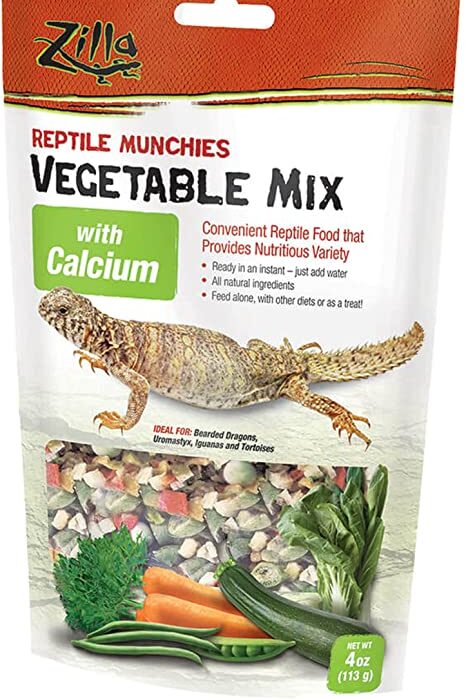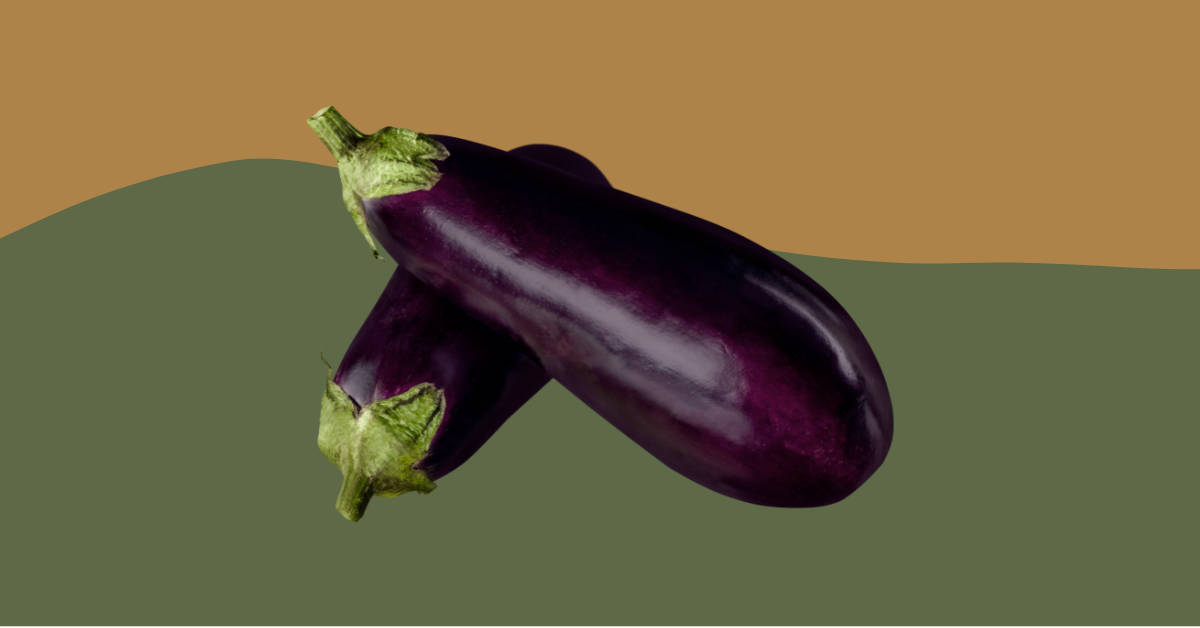Yes, bearded dragons can eat butter lettuce, but only in moderation. A small portion of about 1-2 leaves per serving is recommended.
Table of contents
One question that frequently comes up among bearded dragon owners is whether they can eat butter lettuce. In this article, we will provide the do’s and don’ts, learn about bearded dragon care, a step-by-step preparation guide, and find answers to frequently asked questions.
Related Article: Bearded Dragon Care: Expert Tips and Insights
Do’s
- Feed in moderation: Too much butter lettuce can lead to an imbalanced diet, as it is low in essential nutrients. Stick to 1-2 leaves per serving.
- Wash thoroughly: Ensure the lettuce is clean to remove any pesticides or contaminants.
- Combine with other greens: Offer a variety of greens to ensure a balanced diet, including collard greens, dandelion greens, and mustard greens.
Don’ts
- Don’t make it a staple: Butter lettuce should not be the primary component of your bearded dragon’s diet.
- Don’t use iceberg lettuce: Iceberg lettuce has low nutritional value and can lead to diarrhea in bearded dragons.
Best Practices for Feeding Butter Lettuce to Bearded Dragons
Following best practices when feeding your bearded dragon will ensure their safety and overall health. Here are some best practices to keep in mind:
- Provide a balanced diet: Offer a mix of vegetables, fruits, and insects to ensure your bearded dragon receives the necessary nutrients. Ideally, aim for a diet consisting of 80% vegetables and 20% insects for adult bearded dragons. Younger bearded dragons require more protein, so their diet should include a higher proportion of insects.
- Introduce new foods gradually: When adding new foods to your bearded dragon’s diet, do so slowly to avoid digestive issues. Monitor your pet for any signs of distress or discomfort after introducing new foods, and adjust their diet accordingly.
- Consult a veterinarian: If you have concerns about your bearded dragon’s diet or overall health, consult an exotic pet veterinarian for professional advice. They can help determine the best diet plan for your bearded dragon and address any health issues that may arise.
- Use high-quality supplements: Bearded dragons require calcium and vitamin D3 supplements to ensure proper bone health and prevent metabolic bone disease. Choose high-quality supplements and follow the recommended dosing guidelines.
- Feed age-appropriate portions: Younger bearded dragons need more frequent feedings and smaller portion sizes, while adult bearded dragons can be fed larger portions less frequently. Adjust the portions and feeding frequency based on your bearded dragon’s age and activity level.
- Remove uneaten food: To maintain a clean and healthy environment, promptly remove any uneaten food from your bearded dragon’s enclosure. This helps prevent the growth of bacteria and mold, which can lead to health issues.
- Keep a feeding schedule: Establish a consistent feeding schedule for your bearded dragon to help regulate their digestion and overall health. Adult bearded dragons should be fed once per day, while younger bearded dragons may need multiple feedings per day.
- Maintain a proper enclosure temperature: Bearded dragons require a basking area with a temperature of 95-110°F (35-43°C) and a cooler area with a temperature of 75-85°F (24-29°C). Proper temperature regulation is crucial for their digestion and overall health.
- Provide fresh water: Always have clean, fresh water available for your bearded dragon. Regularly clean the water dish to prevent the growth of bacteria and ensure your pet stays hydrated.
- Monitor weight and growth: Regularly weigh and measure your bearded dragon to ensure they are growing at an appropriate rate and maintaining a healthy weight. This can help you identify any potential health concerns or dietary imbalances early on
Related Article: Bearded Dragon Feeding Guide: Nutrition Tips
Step-by-Step Guide to Preparing Butter Lettuce for Your Bearded Dragon
Step 1
Purchase organic butter lettuce: Choose organic lettuce to minimize exposure to pesticides and other chemicals.
Step 2
Wash the lettuce: Rinse the leaves thoroughly under running water to remove any dirt or contaminants.
Step 3
Chop the lettuce: Cut the lettuce into small, bite-sized pieces for easy consumption.
Step 4
Mix with other greens: Combine the butter lettuce with other leafy greens for a varied, balanced meal.
Step 5
Serve immediately: Offer the prepared salad to your bearded dragon for a fresh, enjoyable meal.
Need Recommendations?
Here’s Our Top Amazon Picks
You may also like 📖
Frequently Asked Questions
What are the nutritional benefits of butter lettuce for bearded dragons?
Butter lettuce contains some vitamins and minerals that can benefit bearded dragons, such as vitamin A and calcium. However, it is relatively low in nutritional value compared to other greens, so it should be fed in moderation and combined with more nutrient-dense options.
Are there any risks associated with feeding butter lettuce to bearded dragons?
Feeding excessive amounts of butter lettuce can lead to an imbalanced diet, as it is low in essential nutrients. Ensure you offer a varied diet with a mix of vegetables, fruits, and insects.
Can baby bearded dragons eat butter lettuce?
Baby bearded dragons can eat butter lettuce, but their primary focus should be on protein sources, such as insects. As they grow, you can gradually introduce more vegetables and fruits into their diet, always ensuring a balanced and varied selection.
What should I look for when selecting butter lettuce for my bearded dragon?
Choose fresh, organic butter lettuce with crisp, green leaves. Avoid wilted or discolored lettuce, as it can indicate poor quality or contamination.
How should I store butter lettuce for my bearded dragon?
Store butter lettuce in the refrigerator, wrapped in a damp paper towel and placed inside a plastic bag with small holes for air circulation. This will help maintain freshness and prevent spoilage.
Conclusion and final thoughts 💭
Feeding butter lettuce to your bearded dragon is safe, but it should be done in moderation and as part of a varied and balanced diet. Remember to provide a mix of vegetables, fruits, and insects to ensure your pet receives all the necessary nutrients.
By following the best practices outlined in this article and keeping a close eye on your bearded dragon’s health, you can create a thriving and enjoyable environment for your scaly companion. Always consult an exotic pet veterinarian for professional advice if you have concerns about your bearded dragon’s diet or overall well-being.
Looking for more? Here’s our roadmap:
General Bearded Dragon Pet Owners Guide
Bearded dragons are native to the arid regions of Australia and are known for their unique beard-like appearance. As pets, they have become increasingly popular due to their friendly and inquisitive nature, making them an ideal choice for reptile enthusiasts. Bearded dragons are diurnal, meaning they are active during the day, and their average lifespan ranges from 8 to 12 years, with proper care. When considering adopting a bearded dragon, it’s essential to be prepared for a long-term commitment and be well-informed about their care requirements.
One of the most crucial aspects of bearded dragon care is providing an appropriate enclosure. Adult bearded dragons thrive best in a 20 to 50-gallon tank, but a larger enclosure is always better. It’s important to always keep the tank clean. The tank should have a basking area with a temperature range of 95-110 degrees Fahrenheit, as well as a cooler area with a temperature between 75-85 degrees Fahrenheit. In addition, bearded dragons need access to UVB lighting to help them synthesize vitamin D3 and properly metabolize calcium, which is vital for their bone health.
A balanced diet is essential for a healthy bearded dragon. Their dietary requirements change throughout their life stages; juvenile bearded dragons need a higher protein intake, with insects making up around 80% of their diet and the remaining 20% consisting of vegetables and fruits. As they grow into adults, their diet should consist of approximately 20% insects and 80% vegetables and fruits. It’s important to offer a variety of food items to ensure they receive all the necessary nutrients, and to dust their food with calcium and multivitamin supplements as recommended by a reptile specialist or veterinarian.
Regular interaction and observation of your bearded dragon are vital for maintaining their well-being. Handling your pet gently and frequently can help build trust and strengthen your bond. Monitor your bearded dragon’s behavior, appetite, and overall health to detect any potential issues early on. If you notice any signs of illness, such as lethargy, loss of appetite, or irregular bowel movements, consult a reptile specialist or veterinarian for guidance. Proper care, feeding, and attention will ensure your bearded dragon remains a happy and healthy companion for years to come.







Leave a Reply